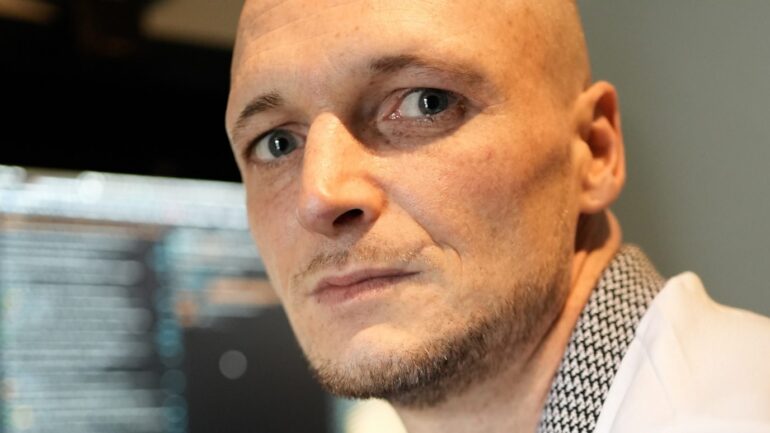TL;DR:
- James Howells seeks to recover £227 million worth of Bitcoin lost in a landfill.
- The hard drive, discarded in 2013, contained 8,000 Bitcoin units.
- Mr. Howells plans to employ AI technology to locate the missing hard drive.
- He is determined to donate 25% of any recovered funds to local community schemes.
- The Newport Council has consistently denied excavation requests due to environmental concerns.
- Mr. Howells has enlisted legal experts, ready to appeal to the Supreme Court if necessary.
Main AI News:
In the world of cryptocurrency, a fascinating story is unfolding as a man named James Howells seeks to recover a substantial Bitcoin fortune he believes is buried in a landfill. This intriguing tale began in 2013 when Mr. Howells accidentally disposed of a hard drive containing approximately 8,000 units of Bitcoin. Back then, its value was a mere £4 million, but today, it’s estimated to be worth an astounding £227 million.
For the past ten years, Mr. Howells has tirelessly petitioned the Newport council, hoping to gain access to the landfill site where he believes his digital treasure lies buried. The council, however, has steadfastly denied his requests for excavation.
Mr. Howells, an IT engineer hailing from Newport, remains undeterred by the council’s refusal. He has developed a plan that combines modern technology and perseverance to unearth his lost wealth. His proposal involves pinpointing the likely location within the landfill and utilizing artificial intelligence (AI) to aid in the search.
He stated, “I’ve narrowed down the area where I need to dig, based on the amount of time that’s gone by. It’s a disused section of the site – 100,000 tonnes of a total of 1.4 million tonnes.” His plan involves transporting the landfill material to a specialized unit equipped with an AI scanning system. If the AI detects anything resembling a hard drive, it will be flagged and extracted.
Furthermore, Mr. Howells is committed to giving back to his community. Should he recover any funds from the hard drive, he has pledged to donate 25% of the proceeds, which could amount to a substantial £50 million, to various local schemes.
Despite concerns from the council about the environmental impact of excavation, Mr. Howells is determined to proceed with the highest standards of responsibility. He has enlisted the support of legal experts, including two barristers and a King’s Counsel, who are ready to take his case all the way to the Supreme Court if necessary.
The Newport Council, on the other hand, maintains its stance, asserting that excavation is not feasible under its environmental permit and would have a detrimental impact on the surrounding area. It emphasizes that it is the sole entity authorized to conduct operations at the landfill and chooses not to engage in further discussions on the matter.
This intriguing saga raises questions about the intersection of cryptocurrency, technology, and the environment. Can AI truly help unlock the secrets of a lost Bitcoin fortune, or will it remain buried beneath layers of landfill for years to come? Only time will tell as James Howells continues his quest to recover what could be one of the most remarkable cryptocurrency stories of our time.
Conclusion:
The quest to recover a substantial Bitcoin fortune through AI-driven excavation represents an intriguing intersection of cryptocurrency, technology, and environmental concerns. If successful, it could set a precedent for similar endeavors, highlighting the growing role of AI in asset recovery within the cryptocurrency market.

